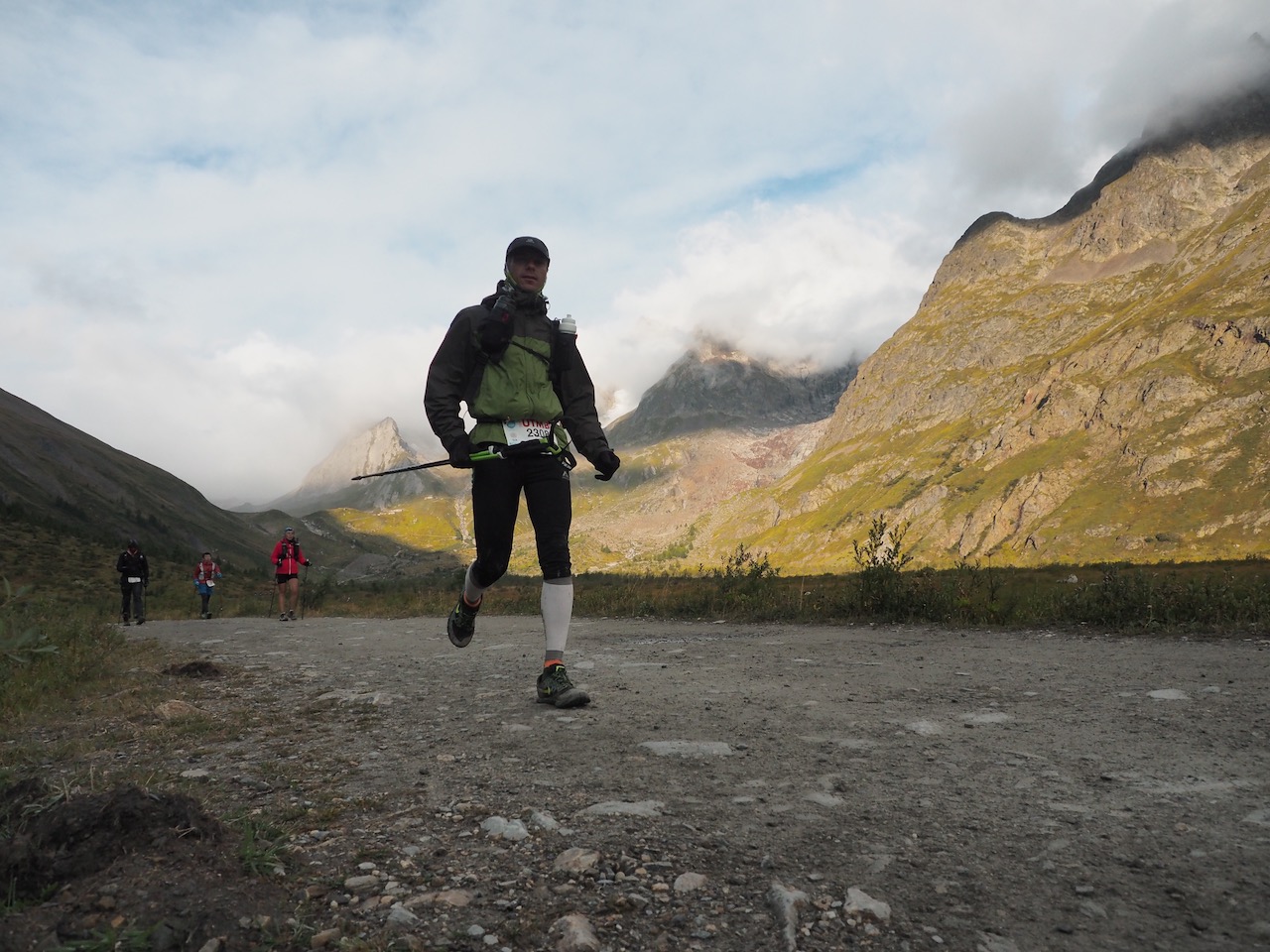The popularity of foot orthotics is on the rise. They are prescribed by many professionals with various educational backgrounds, from podologists, to orthotists, and podiatric physicians.
The cost of prescribed foot orthotics varies widely, from as little as $10 for manufactured products sold in pharmacies to several hundred dollars for soft material orthotics molded by a professional.
Can wearing foot orthotics prevent running injuries? Are they beneficial to runners with non-standard hip, knee or foot arch alignment? Before we spend any money, let’s collect and assess some critical facts.

Biomechanically, we’re all different
Unfortunately, due to the small sample of studies available, there is no definitive answer to these questions.
However, there seems to be a consensus around the fact that some injuries like metatarsalgia, Achilles tendinopathy, and stress fractures can benefit from a shoe modification that reduces stress on the injured area.
Interestingly, in terms of cost efficiency, the scientific literature doesn’t reveal any difference between manufactured foot orthotics sold in pharmacies and those that are crafted by a professional.
Whichever type of orthotics are worn, should one keep wearing them once the injury has healed? May we also wear foot orthotics as a preventive measure?
Correcting misalignments has been a long-standing tendency in sports rehabilitation. Many inward-pointing knees and fallen arches have been straightened in the name of injury prevention. However, we now know that there is little correlation between plantar fasciitis and fallen arches, or between genu valgum (knock-knees) and patella femoral syndrome.
In fact, many elite athletes have so-called substantial postural defects that don’t seem to affect either their performances or the incidence of injury. Our idea of normal is nothing less than a standard set by the medical and pharmaceutical industries. Moreover, up to now, studies have failed to clearly demonstrate the impact of foot orthotics on the kinetics of the foot, knee, and hip.
The concept of a perfect alignment of the hip-knee-ankle segment is outdated. We all have our own idiosyncracies, and biomechanically speaking, we naturally adapt to our individual structural alignment.
Your essentials to injury prevention: shoes, technique, and progressive training

For this reason, shoes that interfere the least with our natural biomechanics are preferable. Strong feet are the key to injury prevention and can be achieved through high minimalist index shoes. However, it is important to note that switching to minimalist shoes requires a slow transition. For every 10% to 20% of change in the minimalist index score, one should allow a transition of four weeks, so that the foot adapts to the stress increase without developing injuries.
Good running technique, a progressive training plan, and proper shoe lacing that optimizes foot comfort and control can also contribute to foot injury prevention. In my opinion, the role of foot orthotics in preventing injury is unclear due to their interference with the runner’s natural biomechanics.
A systematic review performed by Collins and published in 2007 in Foot & Ankle International is often quoted to support the benefits of orthotics in prevention. This review has however been strongly criticized. It even omits the fact that a substantial number of subjects who were prescribed orthotics had experienced increased symptoms.
Orthotics should only be prescribed by a competent professional, who specialises in running and who can provide an adequate follow-up in order to prevent adverse effects.
Gait analysis is an essential step in the understanding of most running injury mechanisms. A rehabilitation professional may consider temporary taping and orthotics as part of the solution, just as well as exercises, active rehabilitation, and gait correction through factors like stride rate, stride length, and foot strike.
Must Read:
- Running wisely means focusing on quality rather than quantity
- How to choose the best professional to treat an injury
- The side effects of anti-inflammatory drugs: your need-to-know


